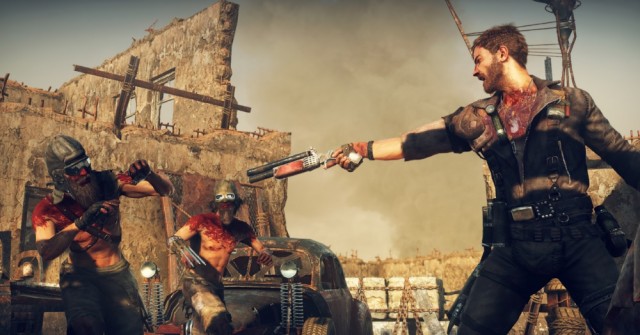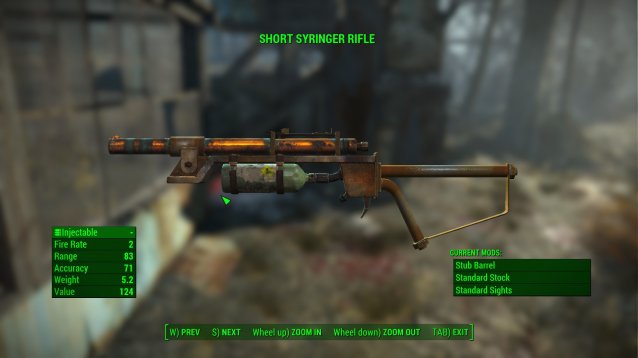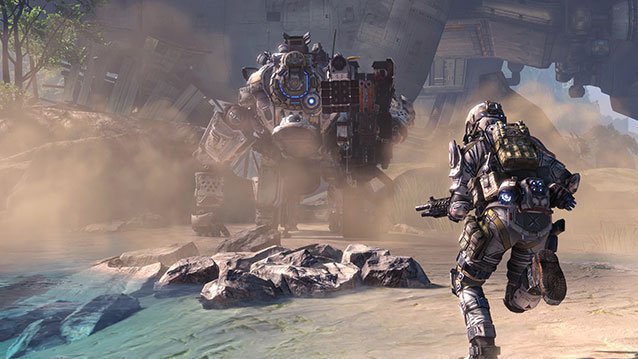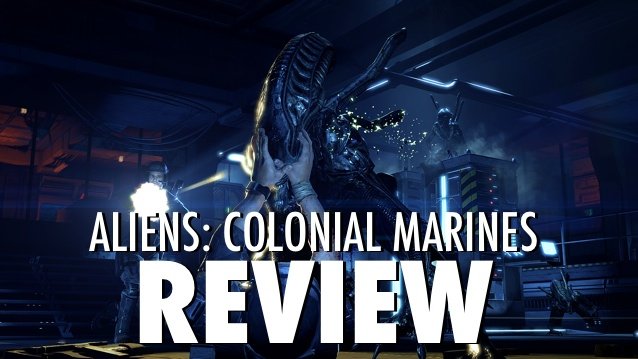

Deep breaths everybody: Star Trek Online doesn’t let you explore uncharted space, doesn’t conjure intriguing, brain-taxing mysteries, doesn’t let you come up with last-minute pseudoscientific ripostes to alien threats. And the celebrity voice work is a bit bland. They’re developers, not miracle workers.
Up front, we need to say this: Star Trek Online is all MMO, and succeeds and fails because of its genre, not its licence. It’s limited by the expectations of the genre – expectations of health bars and skill points, healers and tanks. But this MMO still has plenty to offer. It’s split into two discrete sections: a compelling starship piloting shooter, and disappointing on-foot combat missions.
After choosing one of three flexible classes and spending far too long with the open-ended character creator, you’re promoted in the wake of a Borg attack, given your own little ship, and allowed free roam of the galaxy. You explore, patrol and defend Federation space – with an eye to making Admiral some day.
You choose between a science-focused, engineering or tactical captain. These give you access to certain ground- or space-specific powers throughout your career. Science captains have lots of enigmatic tachyon and neutrino-based abilities to help allies and hinder opponents. Engineering captains can strengthen shields, kick systems into hyperdrive by transferring power, and make turrets and shields on the ground. Tactical captains know how to kill people, maneuver fast and manage aggro.
Even before you get to choose a specialist ship at level 11, it’s apparent that you’re in command of a very flexible craft. Without changing a single piece of equipment or switching bridge officers (who we’ll get to in a minute), we’ve saved an ailing Federation player by stealing aggro and diverting power to shields, we’ve crippled Klingon hulls with perfectly timed aft torpedoes, and we’ve beamed some of our elite crew aboard a fellow Starfleet vessel to improve their weapon systems.
Much of this versatility comes from your selection of bridge officers, who join your crew as quest rewards, via speculative subspace communications, or are purchased at starbases. You can customise their appearance, rename them and equip them as you see fit. Each bridge officer knows a host of abilities for use on the ground and in space, and those are divided into ranks. Powers can’t be used if the rank is too high for your ship, and your first ship can staff one of each at the lowest rank (Ensign). That’s three additional powers for use in any space battle.
Every ten levels you’re promoted, whereupon you can choose from the next highest tier of ships and do your own promoting of bridge officers. The twist is that you can only get promoted when you’ve spent sufficient skill points specialising your abilities – reducing the cooldowns of key abilities by investing in that tech tree, for example, or pouring points into core Captaining abilities that improve the turn speed and shields of any ship under your command.
The latter is exactly what our engineering captain decided to do, and we were pleasantly surprised at the results. Had we begun our career as the combat-centred tactical captain, of course, we might have been satisfied with the speed boost and additional weapons power he brings to the table. Either way, when we graduated to our zippy little Sabre-class vessel at Lieutenant Commander rank we didn’t feel sluggish at all.
In addition to the increased speed, turn rate and weapon slots, this ship let us assign a second tactical officer and promote one of them to Lieutenant. Where we’d been rolling with a single ‘Beam: fire at will’ power, we now had the additional ability to buff our damage-dealing, and the lieutenant bridge officer skill ‘Cannon: rapid fire’, which turned our battery of forward phaser cannons into a ludicrous barrage of orangey death.




 Mad Max: Extreme Graphic CineMod[4K]
Mad Max: Extreme Graphic CineMod[4K] Fallout 4 Guide: How to Get and Use The Syringer
Fallout 4 Guide: How to Get and Use The Syringer Titanfall Review: More Than Call of Duty With Mechs
Titanfall Review: More Than Call of Duty With Mechs Aliens: Colonial Marines Review: Manage Your Expectations
Aliens: Colonial Marines Review: Manage Your Expectations Razer BlackWidow Stealth Ultimate Edition Review: A Keyboard for Gamers
Razer BlackWidow Stealth Ultimate Edition Review: A Keyboard for Gamers